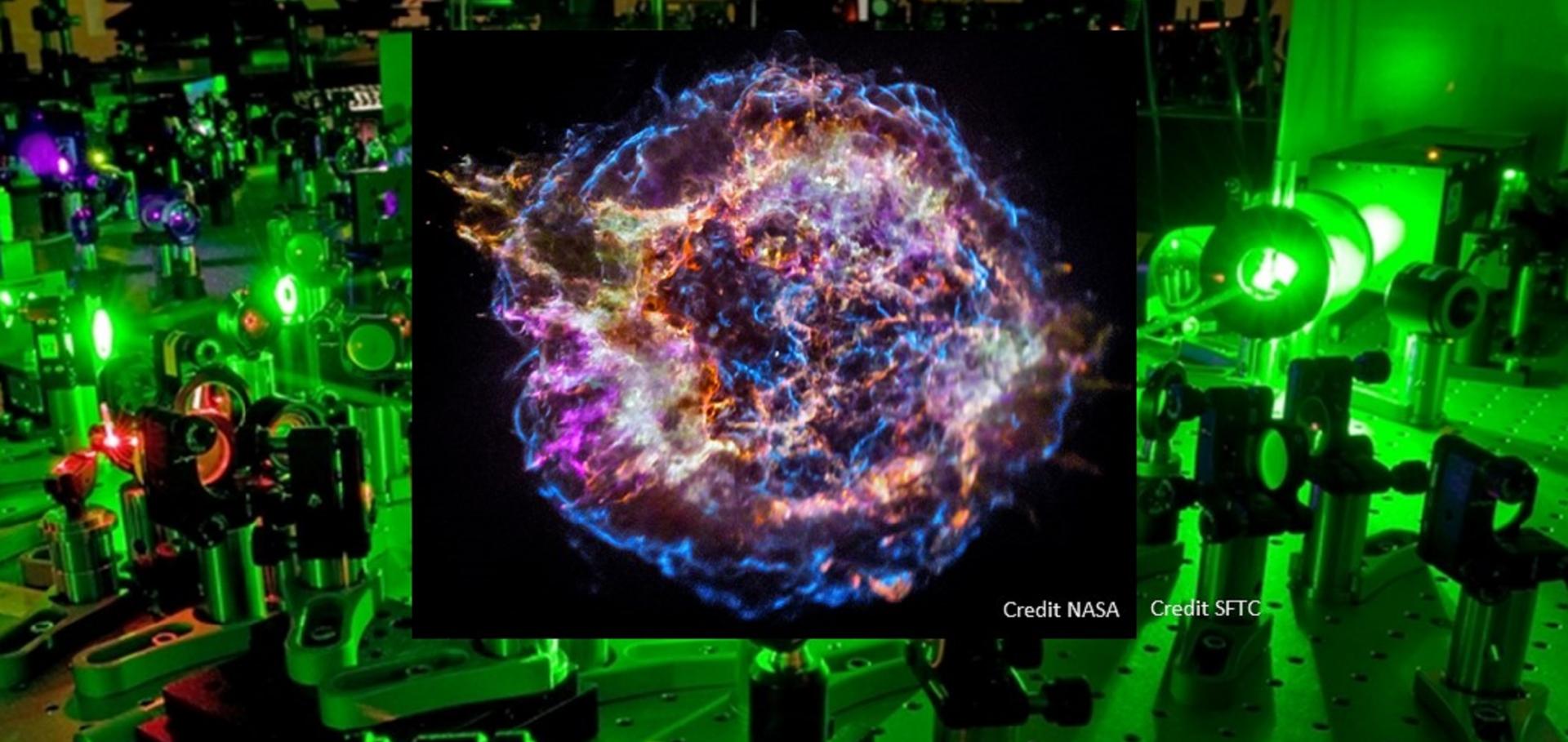Non-linear amplification of a magnetic field driven by cosmic ray streaming
MONTHLY NOTICES OF THE ROYAL ASTRONOMICAL SOCIETY 314:1 (2000) 65-74
Plasma formation in metallic wire Z pinches
PHYSICAL REVIEW E 61:4 (2000) 4370-4380
Magnetic focusing and trapping of high-intensity laser-generated fast electrons at the rear of solid targets.
Phys Rev E Stat Phys Plasmas Fluids Relat Interdiscip Topics 59:5 Pt B (1999) 6032-6036
Abstract:
The transport of fast electrons generated by a 1 ps, 20 J, 10(19) W cm(-2), 1 microm wavelength laser pulse through 70-250 microm thick deuterated polyethylene (CD2) targets is modeled with a Fokker-Planck hybrid code in r-z geometry. Initially, electric field generation inhibits propagation, which then proceeds by the formation of a low resistivity channel due to Ohmic heating. The magnetic field generated at the edge of the channel leads to strong collimation. This is observed for a wide range of parameters. Reflection of electrons at the rear surface forms a magnetic field which focuses the incident electrons on to the rear surface and forces the reflected electrons outwards. This would lead to the formation of a small diameter plasma on the rear surface, as observed in experiments. The reflected electrons are confined to a cone by a self-generated magnetic field, enhancing energy deposition at the rear of the target.Studies of the fast ignition route to inertial confinement fusion at the Rutherford Appleton Laboratory
Fusion Engineering and Design Elsevier 44:1-4 (1999) 239-243
Observations of collimated ionization channels in aluminum-coated glass targets irradiated by ultraintense laser pulses
Physical Review Letters 83:21 (1999) 4309-4312


